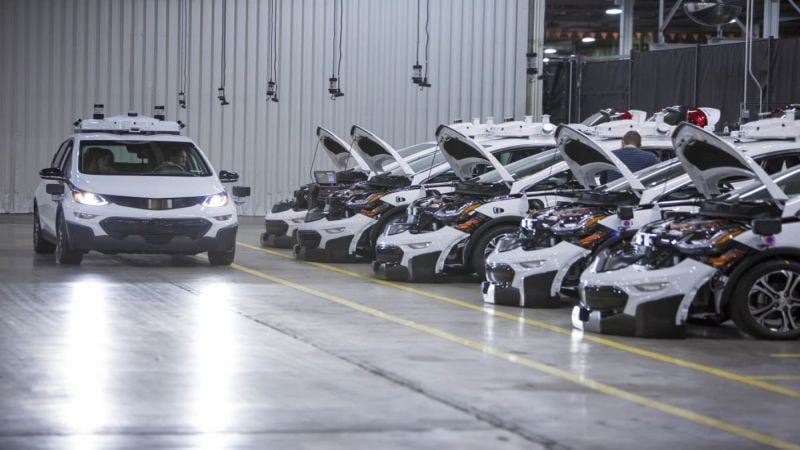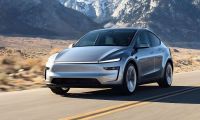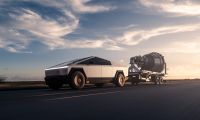It is no question that the push for autonomous vehicles will dramatically change the way vehicles are designed, especially the interiors. Chevrolet has already done extensive testing of the Chevrolet Bolt EV and has said that it will be producing some autonomous vehicles without steering wheels in the near future.
Google’s self-driving car looks more like a space pod, with no steering wheel, but does have controls of sorts built into the armrests and room for a computer.
Right now most of the self-driving vehicles that are in testing still have normal looking interiors, because they still have back-up drivers riding along during testing. Most of the humans are prepared to take action if problems arise. But once the technology has progressed to the point that you don’t have to have a steering wheel, how will the interiors be designed?
Dramatic Interior Changes Expected
If you don’t have to sit behind the wheel or closest to the door, where would you position yourself in the vehicle? Would you sit up or might you lie down? Would you sit in the front or in the back? Would you work or might you play games with your children? Where would they sit? Would you face forward or face people in the back. These are all questions that people in the automotive industry are starting to address.
Nicholas Petouhoff, who works in product development for Adient, an automotive supplier, told AutoBeat Daily that his company expects there will be major changes in automotive interiors in the next three-to-five years. He says that they are already getting questions about future designs from automotive companies. He seemed surprised that the concerns are coming from a wide spectrum of vehicle makers not just luxury brands.
Safety is a Major Concern
The biggest questions may involve safety equipment. Where do you put the seatbelts if you don’t know how the vehicle will be configured? How do you anchor the safety belts, if the occupant might be sitting up working or reclining? Where do you put the air bags if passengers might be facing the rear of the vehicle or facing forward? Where do you put child car seats? Should they be forward facing or face the rear of the vehicle? Where do you put the all-important cup holders? These are all questions that vehicle designers and vehicle interior designers have to sort out.
Similarly, if a passenger doesn’t have to sit near the instrument panel, where do you put the infotainment system? Where do you place the heating and cooling vents? What good do they do if they end up pointed at a person’s back? How do you safely reach the controls? These are questions that many people have never envisioned. Traditionally, all controls are set up to be within reach of the driver. If there is no driver, where do you put all of the controls to be safe and convenient, as well as fully functional?
Think about it. Where would you position yourself if you weren’t piloting the vehicle? Would you sit upright or lie down? Where would your children or other passengers be? Would the vehicle’s configuration have to be something you could change, depending on the situation?
My husband says he would always sit upright to be able to see what was happening. He is also convinced that there will always be some sort of manual brake or override system that the passenger can use to stop the vehicle in an emergency. I would also like to be able to see what is happening, but I know plenty of millennials who say they would recline or sleep if they didn’t have to drive.
The next big challenge for automotive companies will be designing autonomous vehicles for virtually every possibility, and including all of the required safety equipment.
How would your perfect self-driving vehicle be configured and why? What would be the deal-breaker for you? The National Highway Traffic Safety Administration is expected to monitor all of the autonomous vehicle developments, especially as they apply to the safety of vehicles.The future is coming and quicker than many people expect.












